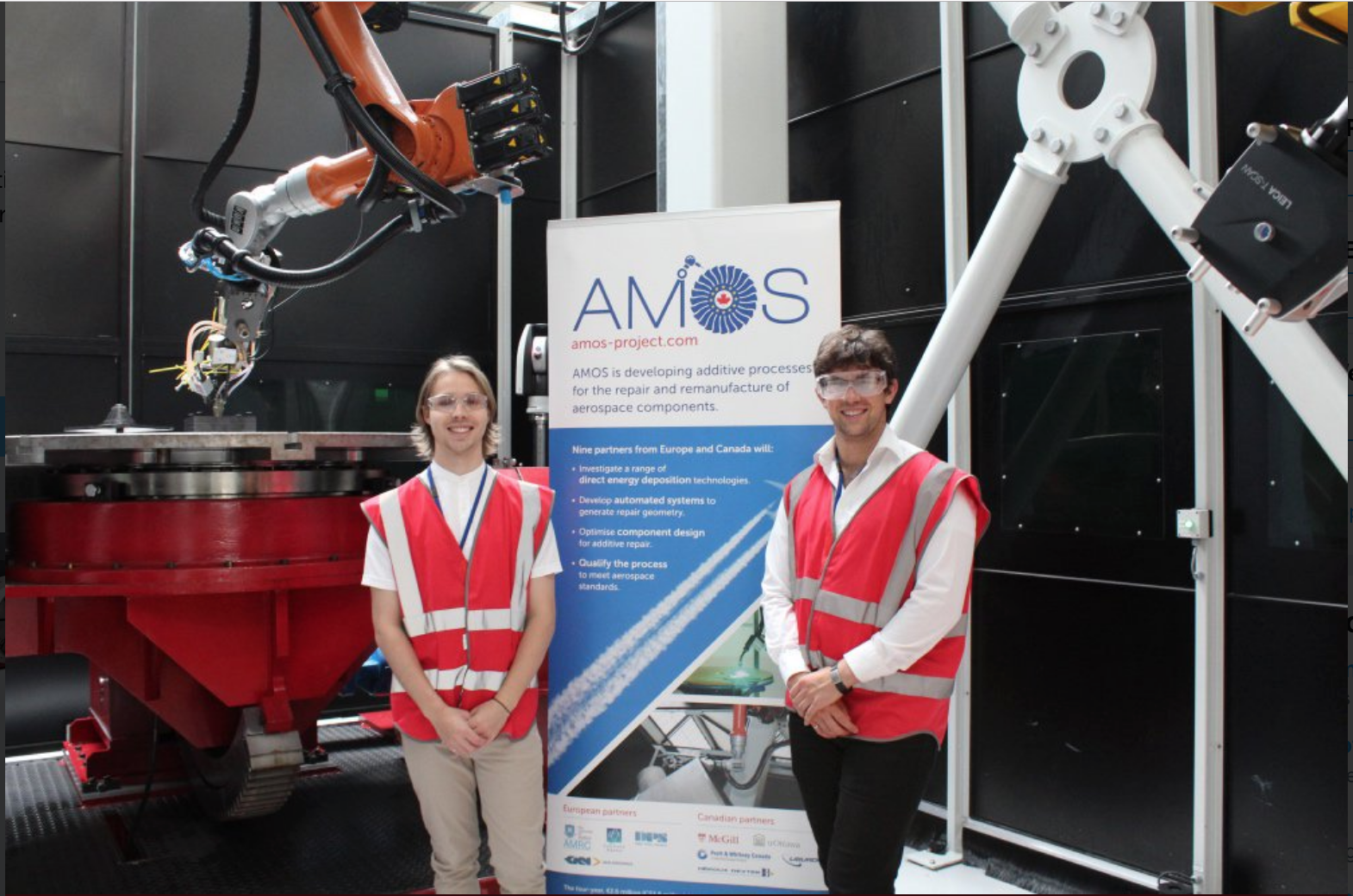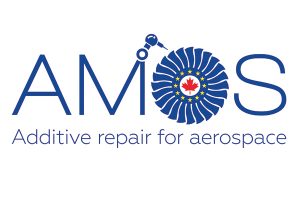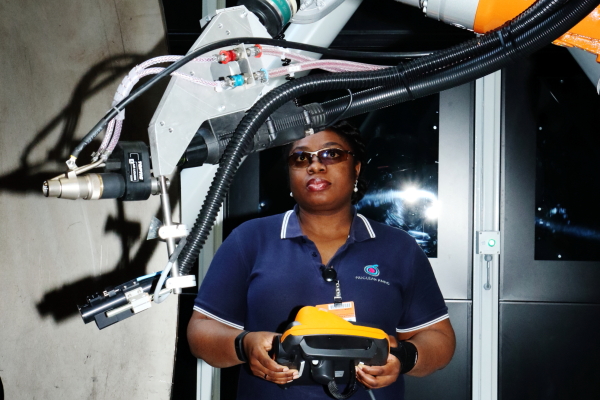There has been enormous progress in terms of aircraft safety in the past two decades. However, last year, the Aviation Safety Network recorded a total of 15 fatal airliner accidents, resulting in 556 deaths. With an estimated worldwide air traffic of about 37,800,000 flights per year and over three million passengers flying on any given day, an aviation industry objective is to keep their aircraft from potential failures with faster on-demand repairs and lower costs. For the last few years, we have seen how 3D printing techniques have been well received in the aerospace industry; the technology is transforming prototyping, the manufacture and maintenance of end-use parts, as well as the production of custom pieces; even the FAA has been developing a comprehensive regulatory plan to deal with aerospace’s industry adoption of 3D printing technology. One international research project in particular has been carrying out an investigation to help the industry understand the pros and cons of how additive manufacturing technology can help with the repair of aircraft parts. Led by the University of Sheffield’s Nuclear Advanced Manufacturing Research Centre (AMRC), the Additive Manufacturing Optimisation and Simulation (AMOS) project focuses on additive technologies already being used in the aerospace industry. It also addresses the potential of different direct energy deposition (DED) methods, like a range of techniques which combine conventional welding tools with automated control to accurately deposit and melt metal powder or wire, or the wire-feed gas tungsten arc process used by Nuclear AMRC’s bulk additive cell. The project’s team is trying to see how these techniques can reduce the time and cost of regular maintenance and repair for aircrafts, while decreasing material waste and extending the life of expensive components.
According to Yaoyao Fiona Zhao, a professor at McGill University’s Additive Design and Manufacturing Lab, “the project will provide a fundamental understanding of thermal and mechanical behaviour of powder and wire material during deposition, and also a simulation and optimisation platform for industrial partners to further develop their component-specific applications”.

McGill students study additive cell at Nuclear AMRC to feed into defect detection and process planning work
AMOS is a limited time project that began its research on February of 2016 and has an end-date on January, 2020. With over 2.9 million dollars invested, it is one of the first European-Canadian projects to be funded under the ‘Mobility For Growth’ collaboration in aeronautics R&D. The project focuses on several key Direct Energy Deposition AM processes that have great potential to be used as cost-effective and efficient repairing and re-manufacturing processes for aerospace components, such as turbine blades and landing gears. If successful, eventually the project will aid in reducing the weakness of aerospace components at the design stage and extend their life cycles.
“There’s a host of additive manufacturing technologies available to aerospace manufacturers, but they tend to be focused on new production rather than repairing damaged parts; and the AMOS project is bringing together some of the world’s leading research organisations and companies to identify which additive technologies are best suited for repair and remanufacture, and develop them for commercial use,” explained Rosemary Gault, the European project coordinator at the University of Sheffield AMRC.
The AMOS consortium includes nine partners from Canada, France, Sweden and the UK, including research organisations, top-tier aerospace manufacturers, and specialist technology developers. École Central de Nantes in France; GKN Aerospace Engine Systems, McGill University of Montreal and jet engine manufacturer Pratt & Whitney are some of the partners. It is supported by the European Commission through the Horizon 2020 programme and by Canadian funding agencies CARIC and NSERC.
The project will involve a range of additive manufacturing technologies used at the participating centres and companies, including laser powder and robotic laser wire systems operated by Liburdi in Canada, a CNC laser powder facility at Ecole Centrale de Nantes in France, and robotic powder diode laser and wire-feed gas tungsten arc facilities at the University of Sheffield AMRC. At McGill University, AMOS is employing an additive machine which will be used to deposit Titanium. No surprise there, the use of Titanium has grown driven by needs in the aerospace industry, and according to a report by SmarTech, shipments of titanium powders grew by 32% in 2018, with the report predicting a 24% growth in titanium alloy revenues in 2019. As the metal AM market grows, so does the demand for metal powders. Material research will focus on three widely used aerospace alloys: Titanium 6-4 alloy (in wire and powder form), AerMet 100 highstrength stainless steel powder and the nickel-chromium superalloy Inconel 718.
According to AMOS, results for Inconel proved that wire-deposited materials showed better tensile properties than the powder-deposited material, for both the as-built material and the interface region. For titanium wire, yield stress, ultimate tensile strength and elongation are comparable with the standard reference material. However, when using powder, the results were below those of the reference standard. The investigation into Aermet 100 is ongoing but the majority of the tests have been completed, although work is also continuing on low-cycle fatigue and crack propagation.
The Nuclear AMRC’s research for Amos has generated huge amounts of metallurgical data for quantifying the variations between conventional, as-built and repaired materials, while investigating the interface integrity, performance and predictability of the alloy materials in different orientations, and how this data can facilitate the development of DED repair standards. The Nuclear AMRC team is now working with samples featuring a series of intentional defects, produced by GKN Aerospace. The samples have been scanned using an innovative inspection process developed by Canadian partners Liburdi and McGill University, and the Nuclear AMRC’s non-destructive testing specialists are benchmarking the new technique against current practice. Looking into automated processes for detecting defects to facilitate DED repairs. According to the specialists, they can now identify certain types of defects such as voids and tool marks relatively easily, while cracks are more challenging.
Aerospace manufacturing companies are trying to make their aircraft fully sustainable and 3D printing technology is helping with that by making parts lighter, which in turn saves the companies money from less fuel consumption, emissions, and increased speed. Most commercial aircraft makers are racing towards additive manufacturing technology to cut costs in repair and maintenance as well. Aircraft maintenance companies are under a lot of financial pressure from carriers, who demand these low cost repairs using high quality processes and spare parts. Other projects, like RepAir, are also tackling this issue with additive manufacturing, engaging in research on future repair and maintenance for the aerospace industry and proving that the technology adds new opportunities for onsite maintenance and repair. With 3D printing taking center stage in aircraft repair and maintenance, as well as becoming the protagonist in many projects worldwide, perhaps we can expect better built structures, higher safety features on planes and even fewer fatal airliner accidents thanks to maintenance efforts on site.





223 Replies to “The AMOS Project is Investigating Repair and Maintenance Technologies for the Aerospace Industry”
Comments are closed.